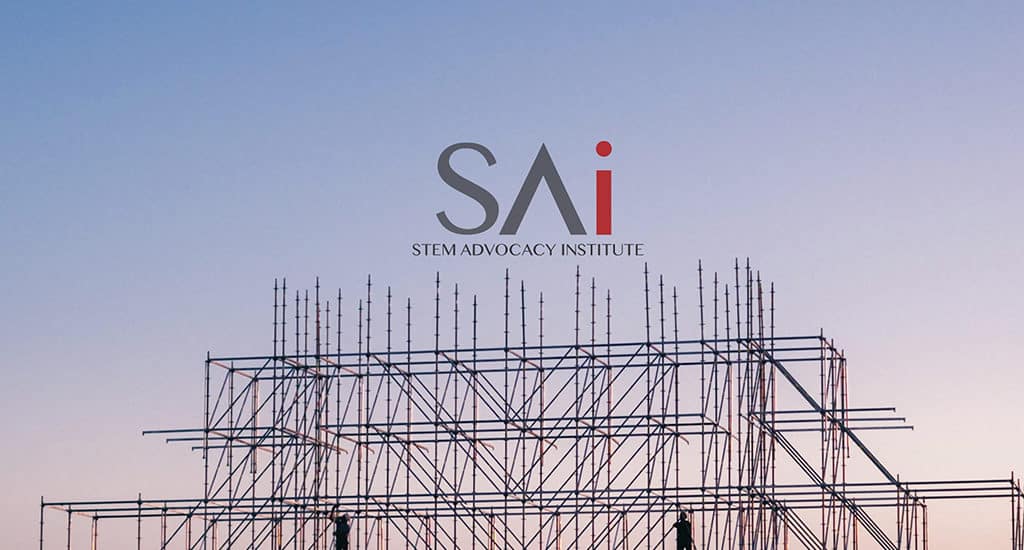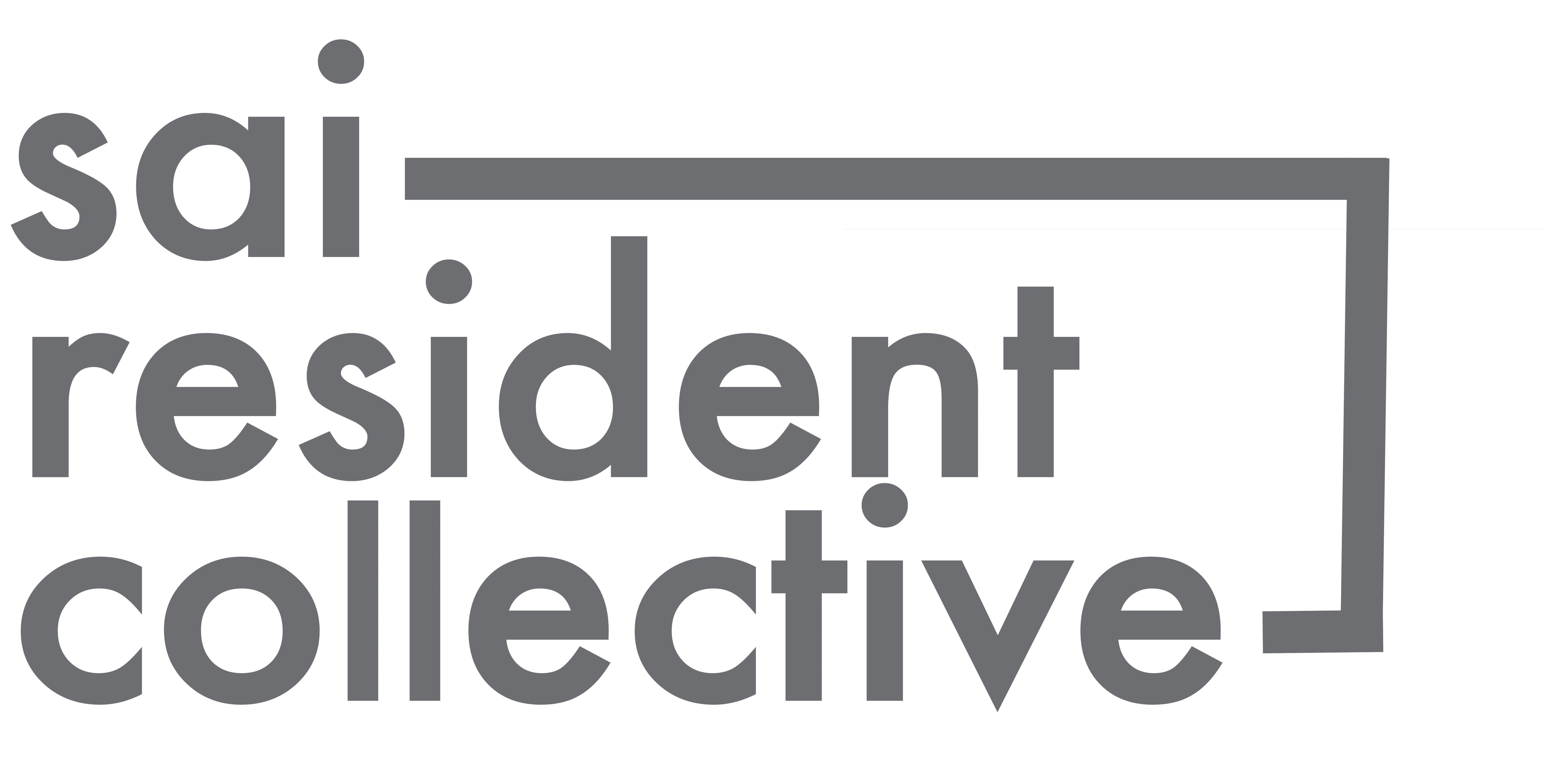- January 23, 2020
- Posted by: Team SAi
- Categories: Development, Initiative

Accadius Lunayo 1,2
1Centre for Biotechnology & Bioinformatics; University of Nairobi; 30197-00100 GPO; Nairobi, Kenya
2STEM Advocacy Institute (SAi); 6 Liberty Square, Boston, MA 02109 USA
+254 (0) 720 060 320
Fanuel Muindi2,3
2STEM Advocacy Institute (SAi); 6 Liberty Square, Boston, MA 02109 USA
3Department of Molecular and Cellular Biology, Harvard University, 52 Oxford Street, Cambridge, MA, 02138
+ 1 774 987 9467
In the developing world, science education is vital as countries strive to modernize their economies and improve conditions for their citizens. In Kenya, and across Africa’s 54 countries, similar challenges exist for science education as noted by (see Ferreira et al. Palgrave Commun, 5, 1-18, 2019). The curricula is designed to balance state-of-the-art knowledge with practical and political considerations in different regions across the continent. The project-based learning is especially difficult to execute due to limited resources, high infrastructural costs, limited teacher training and a fixed syllabi schedule textbook-centric, exam-evaluated model of education. A number of suggestions indicate private partnerships that provide learning resources to supplement the public school program would provide a tangible and lasting solution for sustainable science education in Africa (see Savage Nature, 582, S10-S11, 2018).
Several studies (see Owens Nature, 582, S1, 2018 and Savage Nature, 582, S10-S11, 2018) show that it is a plausible alternative to address this using an integrated approach that involves setting up digital workspaces. As part of SAi, we are currently building our first low cost digital workspace in Nairobi, Kenya where students and teachers from schools will be able to engage in collaborative project based learning to design and build models and software that tackle important local community problems. We believe the workspace will provide a judgement free zone for both teachers and students to experiment, build, deconstruct, fail, and ultimately put into practice what they are teaching and learning in the classroom, respectively.
References
- Ferreira, L. M. R., Carosso, G. A., Duran, N. M., Bohorquez-Massud, S. V., Vaca-Diez, G., Rivera-Betancourt, L. I., Rodriguez, Y., Ordonez, D. G., Alatriste-Gonzalez, D. K., Vacaflores, A., Auza, L. G., Schuetz, C., Alvarado-Arnez, L. E., Alexander-Savino, C. V., Gandarilla, O., & Mostajo-Radji, M. A. (2019). Effective participatory science education in a diverse Latin American population. Palgrave Communications, 5(1), 1–18. https://doi.org/10.1057/s41599-019-0275-0
- Owens, B. (2018). Science and technology education. Nature, 562(7725), S1. https://doi.org/10.1038/d41586-018-06829-9
- Savage, N. (2018). Expanding the reach of science. Nature, 562(7725), S10-S11. https://doi.org/10.1038/d41586-018-06833-z
